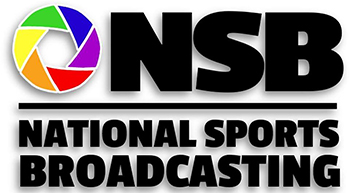Redesigning your website can be a daunting task. But if you think it through and approach it methodically, you can make your site both beautiful and effective. You’ve probably got a deadline, you may have a budget, and of course you have stakeholders who are helping to drive the vision and will sign-off on the finished product. What now?
To begin, it’s critical to define exactly what you want to accomplish with this redesign. Are you trying to raise more money online?
Recruit more volunteers? Is it simply time to refresh the look-and-feel of a tired and dated web presence? Keeping your objectives in mind, let’s look at the four must-haves for a successful redesign.
1. Understand Your Audience – By taking the time to learn about and understand your website visitors, you can be sure your web presence meets their needs so they’ll be encouraged to visit and keep returning to your site. Many organizations make the mistake of organizing their website in a way that makes perfect sense to their staff or internal stakeholders, but is not ideal for the users of the site. You can avoid this mistake by identifying four to five priority audience groups for your online presence and ensuring that you provide information and pathways through your content that are specific for each group. Examples of these audience groups include donors, advocates and volunteers.
2. Strong Structure – Your content architecture should both reflect each of your priority audiences and allow you to communicate what’s most important to your organization. A strong information architecture is scalable to grow with your organization, so that you can add information to your website over time. Ideally, you should have no more than five to six main navigation options available on your site, because more choices tend to overwhelm visitors. Also, the underlying structure of your content should be organized to allow you to present dynamic, audience-focused information to your visitors.
3. Compelling Design – You probably envision a beautiful, unique design for your website, and you should definitely have one. However, a design must accomplish much more than just wowing the visitor with fancy fonts and slick photography. At the most basic level, the function of the design is to deliver your message to visitors in a fashion that is simple, clear and easy to understand. When in doubt, always refer to the objectives set at the beginning of the project and ask, “Does this design element support our goals?” In addition, the design should visually fit in neatly with all other vehicles that carry your organization’s brand forward, which include email templates, business cards, micro site branding, etc. Also, consider whether your new design can be easily maintained by your staff. An intricate, graphics-heavy design can make it impossible for your organization to quickly and easily update your website with fresh content without a full-time visual designer on staff.
4. Flexibility and Control of Content – Finally, you should be prepared to iterate on your site over time. Your website will never truly be “finished,” since you’ll always be adding and updating content to evolve your web presence with your organization and your users. The platform in which you build your site should allow you and your staff to easily add, edit and archive content so you can maintain your site and keep it fresh. A content management system (CMS) will provide the content flexibility and control you’ll need while allowing you to define relationships between your content items so you can present relevant, dynamic content to your site visitors. By using a CMS, you can take your understanding of your audience, strong structure and compelling design a step further, resulting in a truly successful new online presence.
